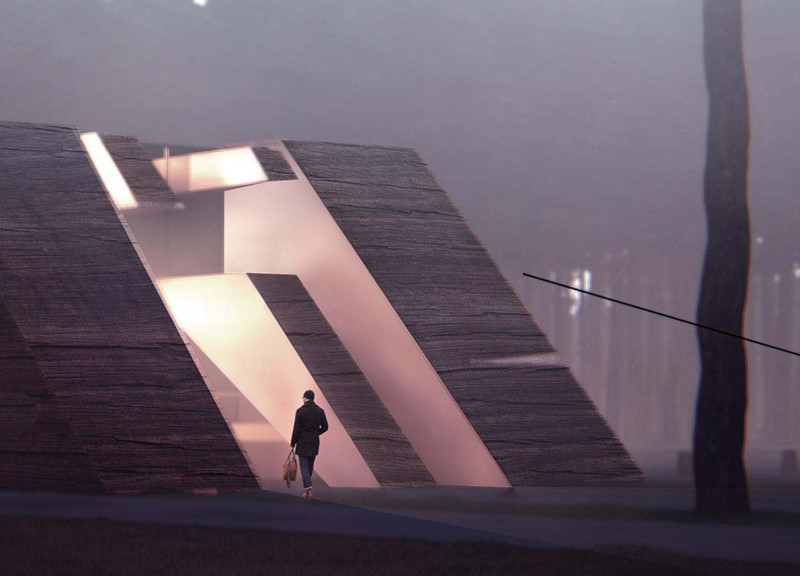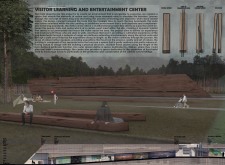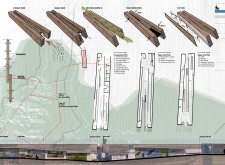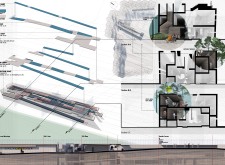5 key facts about this project
At its core, the project symbolizes an innovative approach to learning about and experiencing the natural world. The Visitor Learning and Entertainment Center features distinct zones that allow visitors to explore the local ecosystem. Carefully curated exhibition areas showcase the region's biodiversity, incorporating interactive displays that invite engagement and learning. This focus on education is complemented by recreational components, where families and individuals can participate in hands-on activities, enhancing the overall visitor experience.
One of the most notable aspects of this architectural project is its unique design language, which reflects principles found in the natural world. The center is organized into multiple forms that blend indoor and outdoor spaces seamlessly. Pathways weave through the landscape, mirroring the organic rhythm of the natural terrain. These paths are more than mere circulation routes; they encourage exploration and discovery, providing opportunities for users to observe the diverse flora and fauna native to the region.
The materiality of the Visitor Learning and Entertainment Center further reinforces its connection to the environment. Whole wood is the primary material used for structural elements, celebrating local resources while ensuring sustainability. Glass is utilized extensively to offer transparency, creating a visual connection between indoor areas and the surrounding wetlands. The thoughtful integration of concrete and metal composites adds functionality and durability to the design, ensuring that the structure can withstand the elements while maintaining a harmonious aesthetic.
In addition to the exhibition areas, the project includes play and learning zones designed for families and children. These interactive spaces allow younger visitors to engage with their surroundings through various educational games and activities. The design prioritizes community interaction, with junction points throughout the building that act as gathering areas for exhibits and workshops. This approach fosters a sense of place and belonging, inviting guests to connect with one another and the natural world around them.
Sustainability is a key consideration throughout the project's design and execution. By selecting environmentally friendly materials and emphasizing the building's integration into its natural context, the architecture of the Visitor Learning and Entertainment Center reflects a commitment to minimizing ecological impact. The thoughtful approach to using renewable resources, such as potential solar energy systems, supports the center’s operational sustainability.
The Visitor Learning and Entertainment Center is an exemplary model of how architecture can facilitate learning and connection with the environment. Each thoughtfully designed element of the project highlights the interplay between the built environment and the natural world. To gain a deeper understanding of the project, including its architectural plans, architectural sections, and architectural designs, readers are encouraged to explore the full presentation of this innovative endeavor. This exploration will provide further insights into the unique architectural ideas that define this compelling project.


























